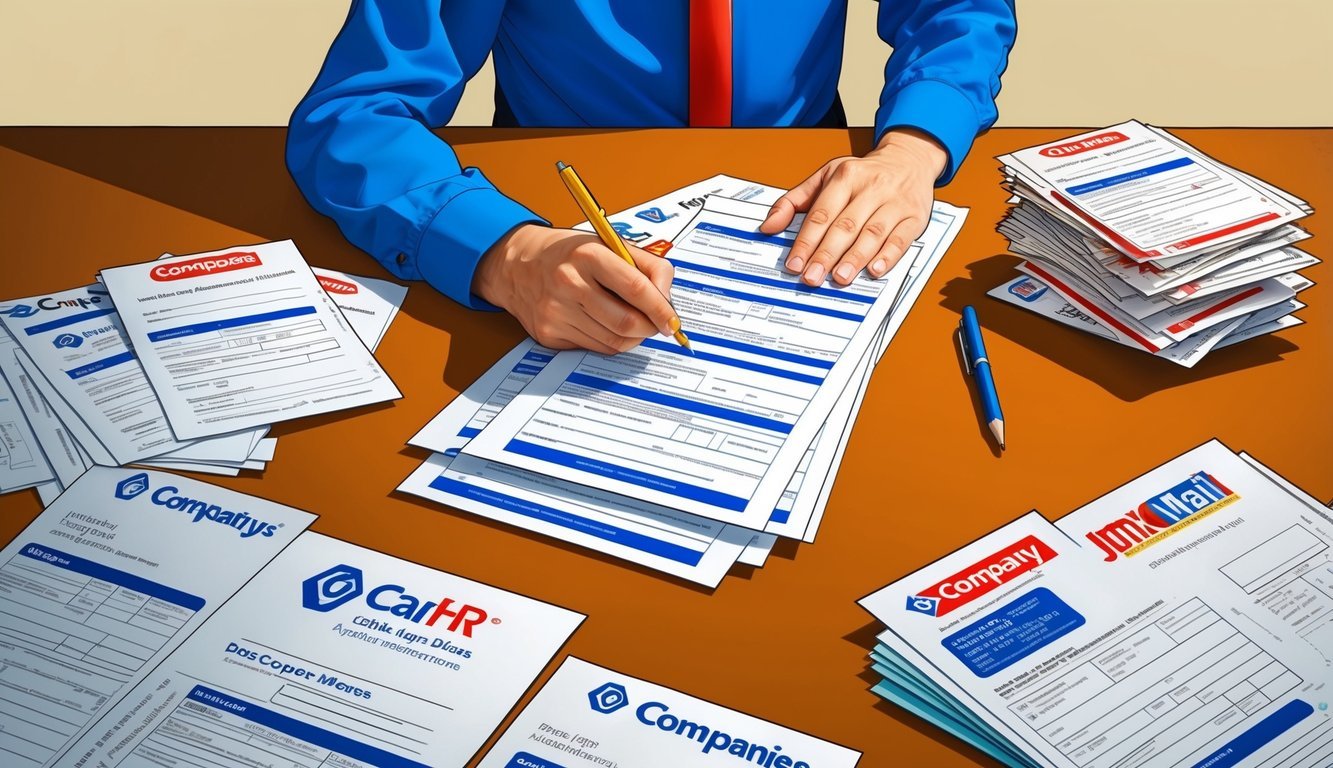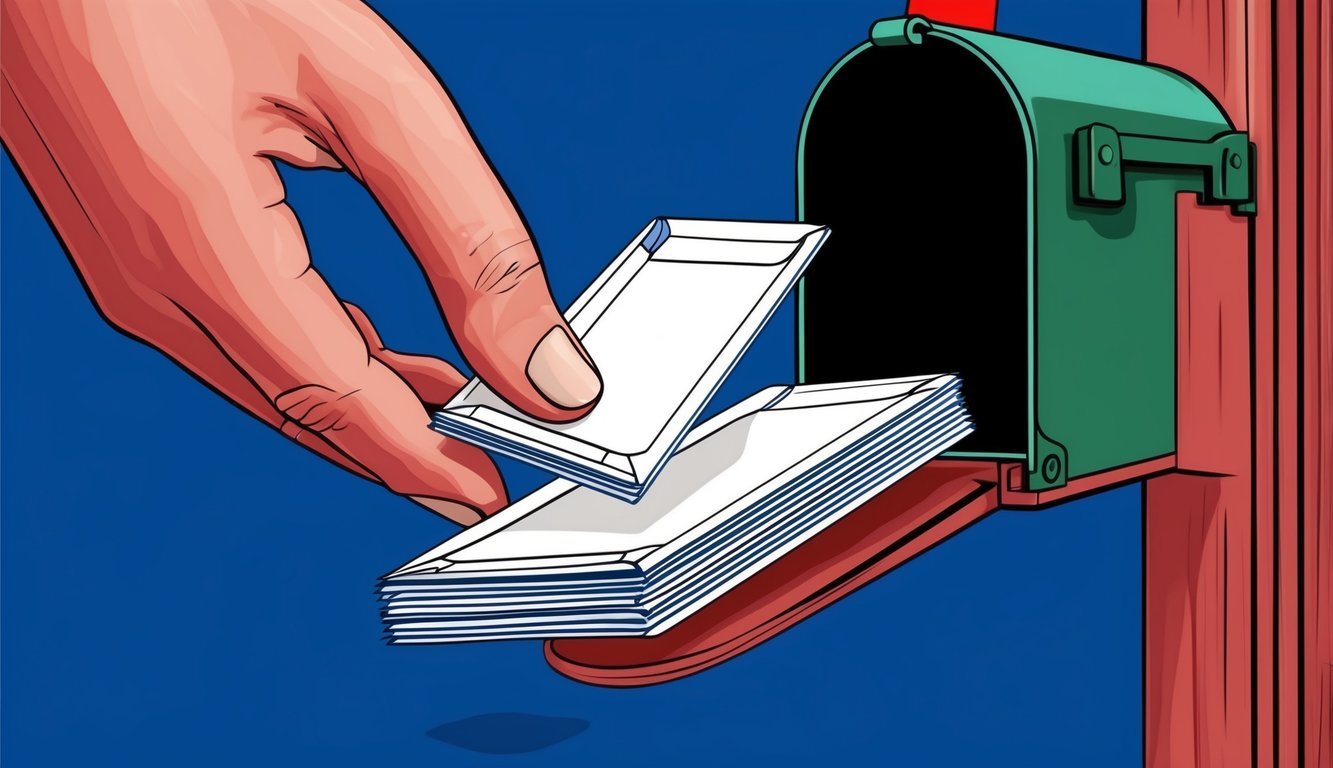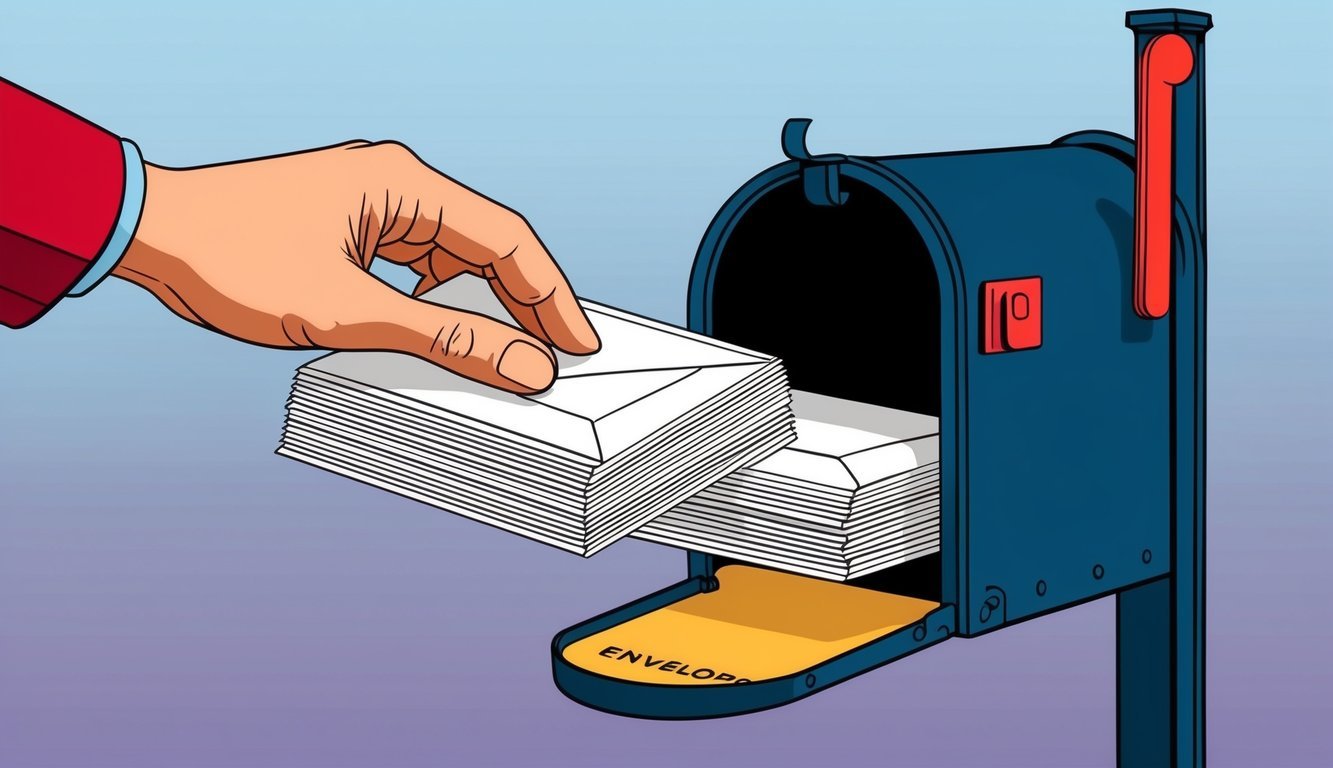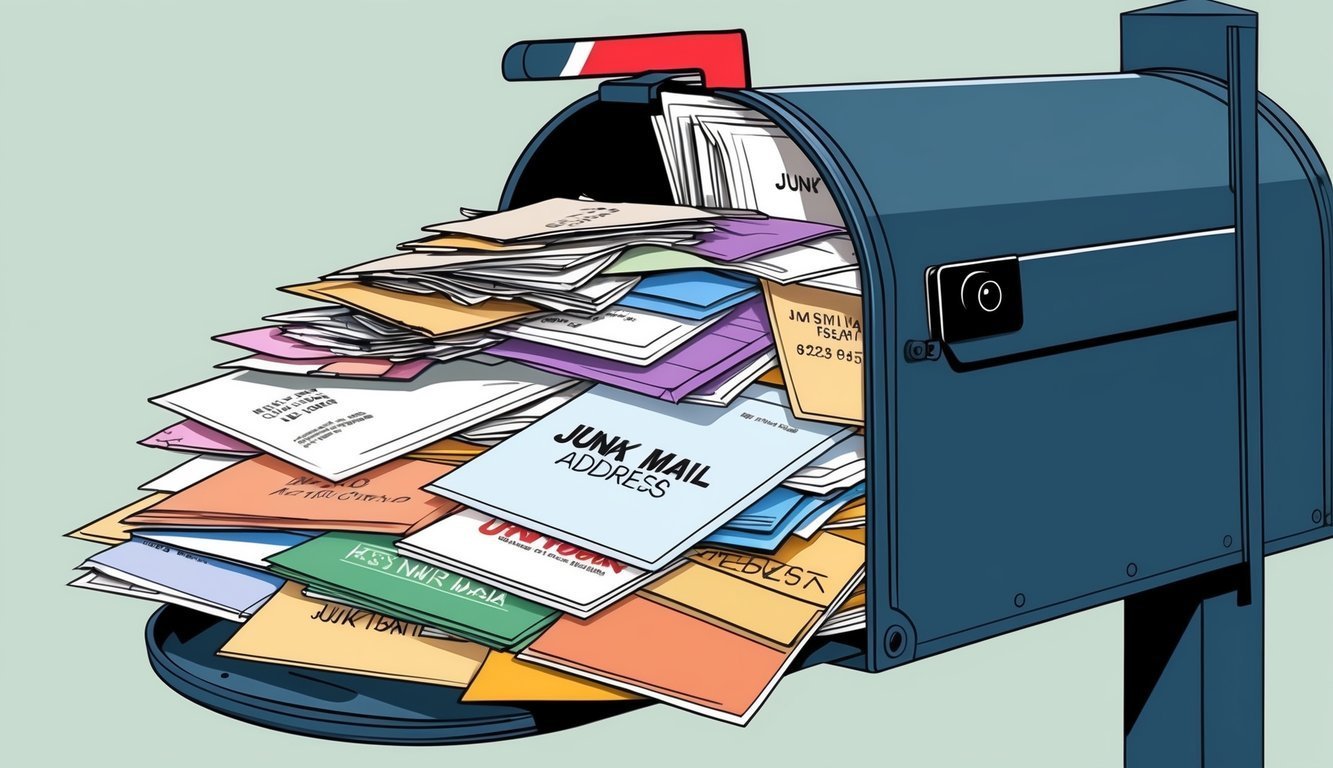“`xml
Thinking about pranking someone with a flood of junk mail? It might seem like a funny idea at first, but let’s pump the brakes for a moment and think it through.
You can easily sign people up for unwanted mail using online forms, mailing lists, or even through pesky catalogs and magazines.
Some pranksters get really creative, using everything from religious organizations to hammer away at someone’s mailbox.
Before diving into this prank, consider how it might impact the person on the receiving end.
Flooding their mailbox can be a real nuisance and might even mess with their actual mail delivery.
Plus, there’s always the chance of getting caught—and nobody wants the wrath of a furious friend.
If you do decide to give it a go, play it safe, keep your identity under wraps, and steer clear of any legal trouble.
Key Takeaways
- You can stir up some fun with junk mail by using online forms and mailing lists.
- Think about the aftermath before signing someone up for a mountain of junk.
- Keep it anonymous and don’t cross legal boundaries in your pranks.
How to Kick Off Junk Mail Sign-Ups

If you’re set on signing someone up for junk mail, you’ll want to get familiar with mailing lists and how direct marketing works.
It’s all about being clever with your choices and knowing the ins and outs of where to sign up.
But hey, let’s not forget about ethics—signing someone up without their permission can feel pretty invasive.
If you’re looking for a fun way to surprise a pal, consider checking out this guide on pranking someone with spam.
Who knows? A little lighthearted fun could be a great laugh… just make sure to remove them from those lists afterward, so it doesn’t become a headache.
Understanding Junk Mail
What’s junk mail, you ask? Well, it’s also known as direct mail and consists of those pesky unsolicited letters and catalogs that clutter our mailboxes.
Companies use junk mail as a marketing tool, sending out everything from coupons to product flyers to catch your eye and make a sale.
Direct mail campaigns rely on mailing lists to reach potential customers.
These lists often come jam-packed with personal info—think names and addresses—making it easier for businesses to aim their pitches directly at you.
Interestingly, some folks actually look forward to certain junk mail! A good coupon or a newsletter from a favorite store can do wonders for your wallet.
Finding the Right Mailing Lists
Ready to sign someone up? Start hunting for those mailing lists! Magazine subscription cards can be super handy.
You can find them scattered in grocery store magazine aisles, just waiting for a cheeky signature.
If you’re more of an online wizard, plenty of websites offer free trials or newsletters, just begging for a sign-up.
Here are some typical sources for compiling mailing lists:
- Retailers
- Charities
- Political campaigns
- Religious organizations
Remember to tread lightly when using personal information.
It could land you in hot water if you aren’t careful.
The goal? Load up that mailbox with mail—just the way some people love it!
Keeping Yourself Safe While Having Fun

When you’re signing someone up for all that junk mail, it’s equally important to protect yourself and understand how to opt out later.
Taking precautions is key to avoiding identity theft and unwanted mail.
Steering Clear of Identity Theft Risks
Be cautious when using someone else’s details.
Stick to publicly available info—like their name and address.
Don’t even think about sharing sensitive details like Social Security numbers or financial data.
Consider using a fake name and return address when filling out those forms.
It’s a sneaky way to keep your identity hidden.
Just a word of advice: some companies might double-check addresses, so opt for a real street but throw in a made-up house number.
If you can, use a public computer or a VPN to hide your IP address.
This adds another layer of anonymity.
Avoid using your personal email or phone number when filling out forms; trust me, it’s worth it.
How to Opt Out of Junk Mail
If you or your prankee decide enough is enough, the DMAchoice service lets people cut down on most junk mail for five years.
Head over to dmachoice.org—it’s free and simple.
For credit card offers, check out optoutprescreen.com.
This will help you opt out of prescreened offers for five years or even permanently.
If email spam is the issue, the Email Preference Service can help trim down those unsolicited messages.
Just keep in mind that not every company plays by these opt-out rules; sometimes you’ll need to reach out directly.
Don’t get frustrated; it might take some time for all that annoying mail to wave goodbye after opting out.
Got Questions? Here Are the Answers

People often have loads of questions about how to either get more mail or send some to others.
Whether you’re trying to beef up your own mail or just fool a friend, let’s tackle some common queries about junk mail.
How do I get on mailing lists for random offers?
Wanna snag more physical junk mail? Fill out warranty cards for the products you buy, join store loyalty programs, or enter contests that ask for your details.
Magazines sell subscriber lists to advertisers, so consider subscribing to some popular ones.
Can I sign up for deals and ads without revealing my identity?
It’s a tough nut to crack.
Most companies prefer real names and addresses, though you could use a PO box or mailing service.
Some people even use fake names, although that might not work with every offer.
What are the legal implications of signing someone else up for junk mail?
Legally speaking, signing someone else up without their consent is a tricky gray area.
It’s not outright illegal, but it can easily be perceived as harassment if you go overboard.
Some folks have faced repercussions for drowning people in mail, so it’s best to steer clear of that.
Are there services explicitly designed to increase the amount of junk mail I get?
Absolutely, there are companies that will help you up your junk mail game.
Look for “lead generation” or “consumer offers” websites that will add you to mailing lists for various products and services.
Just be cautious about dishing out personal info!
What’s a fun way to prank a friend with unsolicited mail?
Honestly, pranking friends with junk mail can be a bit mean-spirited.
Instead, why not surprise them with quirky postcards or small gifts? You could even gift them a magazine subscription—at least it’ll be something they might actually enjoy! Always aim for a laugh that’s harmless, not something that’ll make them groan every time they check the mail.
And please, for the love of all that’s good, don’t sign anyone up for spam calls.
It’s annoying and invasive! It’s way better to think up creative ways to make them smile.
How do companies decide whom to send advertising mail to?
Companies often rely on data to identify potential targets for their mailings.
They purchase address lists and gather insights into buying behavior, such as age and income.
Some even use “lookalike” lists to zero in on individuals similar to their current customers.
“`

